
OR
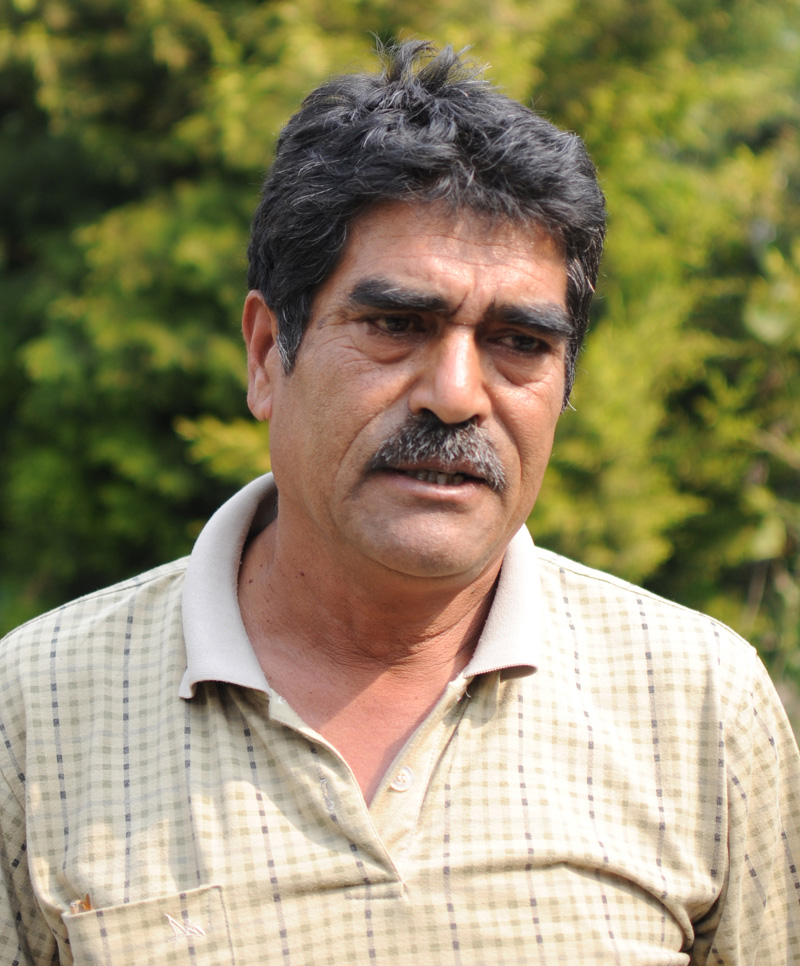
Most of us would like to plant some greens and have a garden at home but often lack the space to do so. The Week talked to Sagar Mulmi of Bangalamukhi Nursery to find out how our gardening dreams can be made possible in small spaces and how we can grow vegetables and even some fruits right on your terrace.
Getting started
There are gardening plastic available in different sizes, 14 by 14, 9 by 9 and 12 by 12 for cheap around town. Fill them with soft, sterilized mud. You can sterilize it by drying it out in the sun. Mix a little bit of ash to make the mud softer and add leaves as composts as it helps retain moisture in the soil. If they don’t already have holes, make some holes in the bags in order to let extra water out. According to Mulmi, the fact that it makes the plants portable is one of its main advantages. If your plants need more space to grow, you can space them out and if the weather isn’t favorable, you can move your plants indoors. Both of these aren’t possible while planting on the ground. You can also use big styrofoam boxes for gardening. Just make sure that you make holes in it as well.
Line the floor with cardboard or styrofoam and place the soil filled bag on top of it. This helps regulate temperature since paper is a bad conductor of heat. When you are introducing a new sapling to the container, make sure you do it during dusk, when the sun is just about to set. This will help the young sapling adjust to its new environment without the harsh sun drying out its roots.
Things to remember
“One of the most common things we hear with people gardening vegetables in a small space is the statement: Last year my vegetable patch yielded so many vegetables but this year has been utterly dry,” revealed Mulmi. “You have to change the soil at least once a year for the plants have already taken as much nutrients as they can from the mud. When the plants don’t have any food to grow, they won’t grow. It’s the same as us humans becoming groggy when we don’t have food,” he explains. When your plants begin to grow, top off with manure every six months but make sure that it has fully decomposed. If the manure isn’t ripe yet, there are high chances of root eating bugs reproducing under the soil and killing your plants.
Sometimes your plants need an added booster doze of important nutrients. Buy a foliar spray and spray on the leaves of your plants. Since it’s the leaves that photosynthesize and produce food, you don’t have to spray it on the soil. It has all the essentials that your plants need, including zinc, copper and iron. Just look at the ingredients listed before you buy one to get the most out of your purchase. Spray it once in 10 days.
Tomatoes
Tomatoes grow when the weather is warm and when the temperature is between 10 degrees to 30 degrees. They can be grown in the medium sized plastic bag and grow best when there are moisture retaining properties in the soil. The local tomatoes grow for up to two seasons whereas the hybrid tomatoes only grow for a single season. Tomatoes need a support system to grow as they are creeper plants. Put a few sticks on the flower pot or plastic bag you use in order to provide space for them to grow. Don’t forget to water the plant regularly.
Herbs
Whatever you plant, sprinkle a few seeds of coriander, garlic or fennel seeds around it. These act as natural insect repellents as many insects can’t tolerate the smell of these plants. The fennel plant however grows tall so you will have to be very careful about it if you do plant it. The best thing about planting these is that they are around for a long time. Not only are they actively saving your plants, they are also long term investments and handy to have in your kitchen garden.
Spinach
Spinach is one of the easiest things you can grow in your garden. However, you need to make sure you give it about six weeks of cool weather from planting the seeds to harvesting the plants. All you have to do after that is make sure that you water them enough. The reason some of the spinach leaves are larger than the others is because of the amount of water available in the soil as the spinach grows. Spinach, like mustard, will grow two new leaves when you break it off at the base branch of the leaf.
Cauliflower/ broccoli/ cabbages
Cauliflowers and cabbages need to be planted when the chilliest part of winter is over but the temperature is still below 23 degree Celsius. Broccoli can however germinate in temperatures as low as four degree Celsius as well. These plants need moisture retaining soil so make sure that the soil is mixed with leafy manure. This way, you will know you need to water the plants when the top soil becomes dry. If the roots burst out of the bag, as it sometimes does, make sure that it doesn’t touch the cemented floor. This will make the plant rot from the roots. When tending to these vegetables, make sure that you use the foliar spray, as the plant needs added nutrients to make the stem strong enough to support its heavy head.
Fruits
It is even possible to grow lemon trees or apple trees in a large flowerpot or a very large plastic bag.
You have to be careful about topping off with manure and change the soil every year without disturbing the root system, but it is possible to do so. The nursery sees a range of fruit trees being grown in this portable, small space friendly method. You can try to raise these trees from sapling or purchase a growing plant and either just use that or introduce it to your own gardening area.
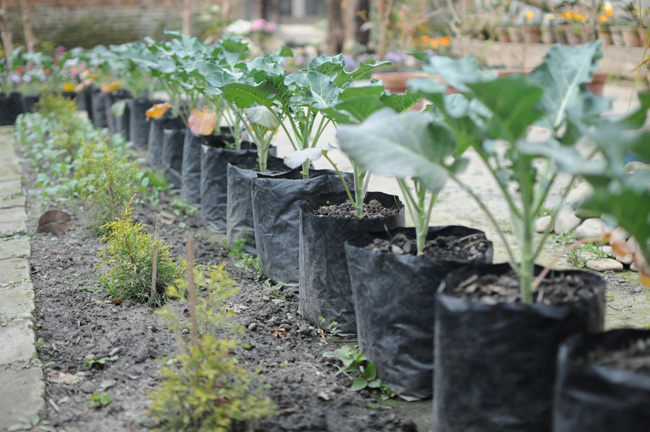
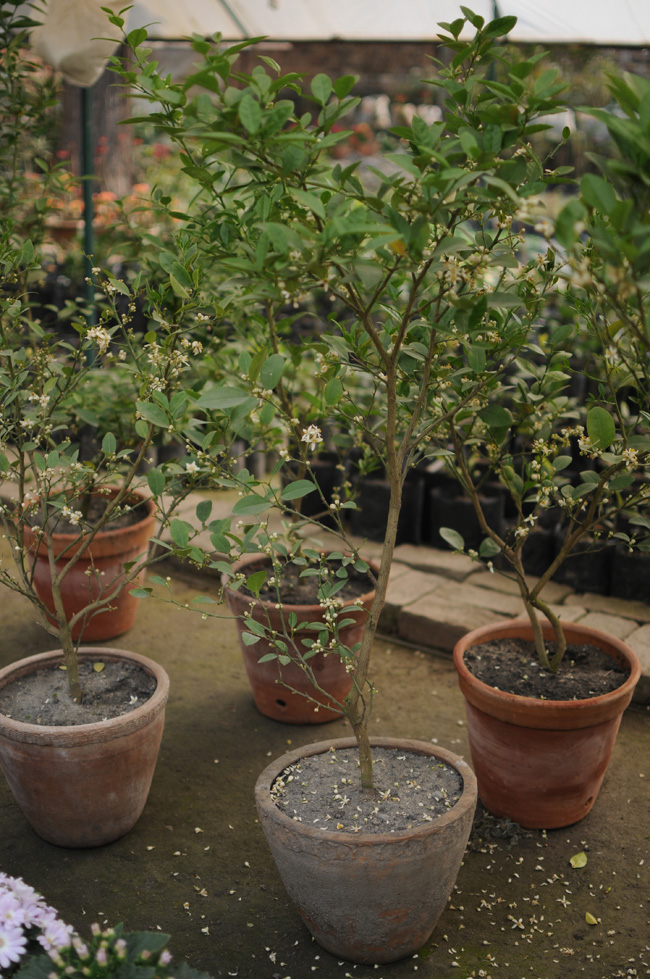
You May Like This
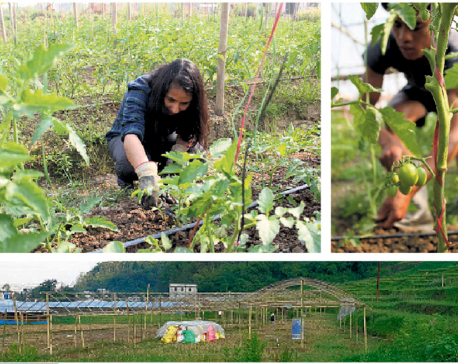
The basics of gardening
If you are a gardening enthusiast but doubt you know the proper ways or you are someone who has always... Read More...
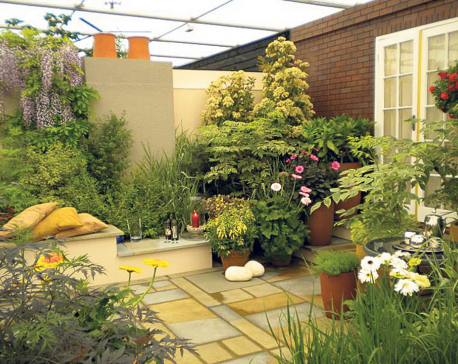
Rooftop Gardening Tips and Tricks
If you love gardening and are planning to start a rooftop garden, these tips and trick might help you get... Read More...


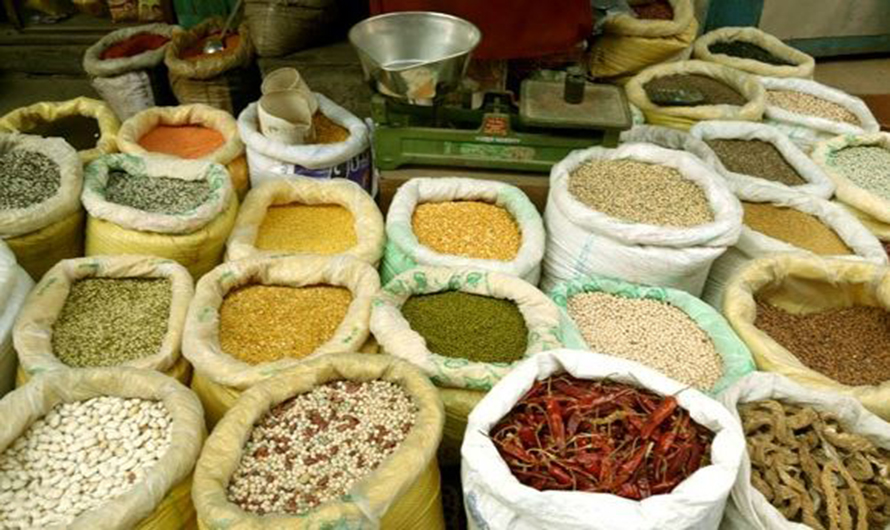
Just In
- CIAA files cases against five, including ex-chief of Social Development Office Dolpa
- Kathmandu witnesses surge of 2,000 new commercial bank branches in six years
- Crops and livestock special production zone scheme implemented in 10 districts of Karnali
- Rising food prices cause business slowdown
- Madhesh Province Assembly meeting postponed after Janamat’s obstruction
- Relatives of a patient who died at Karnali Provincial Hospital 6 days ago refuse body, demand action against doctor
- Khatiwada appointed as vice chairman of Gandaki Province Policy and Planning Commission
- China's economy grew 5.3% in first quarter, beating expectations










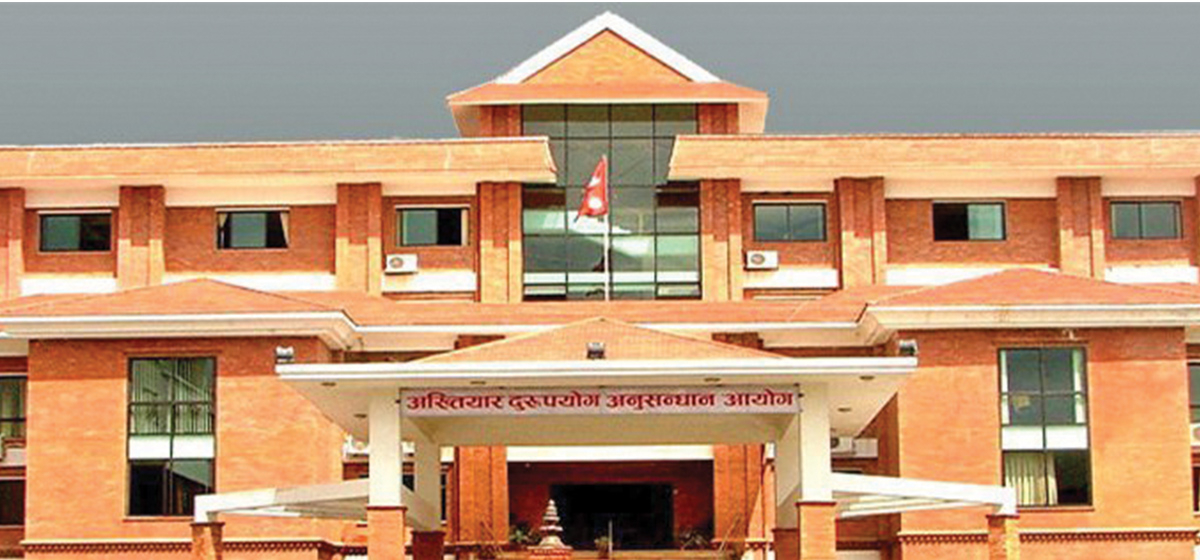



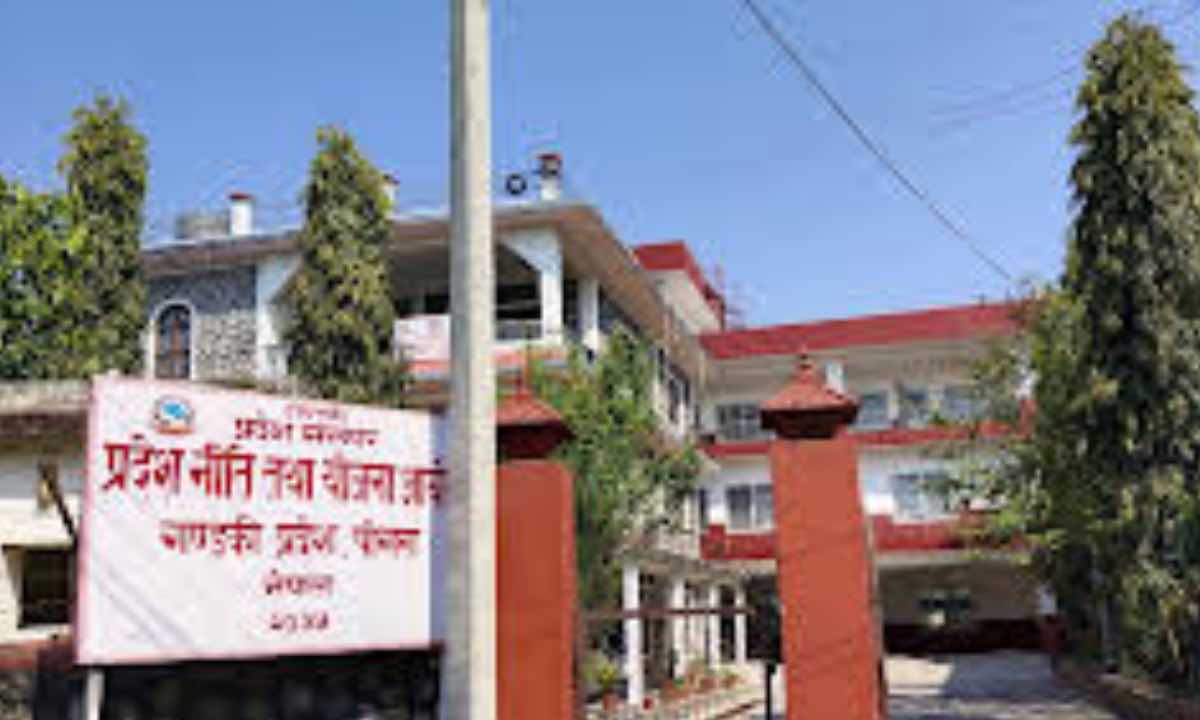

Leave A Comment